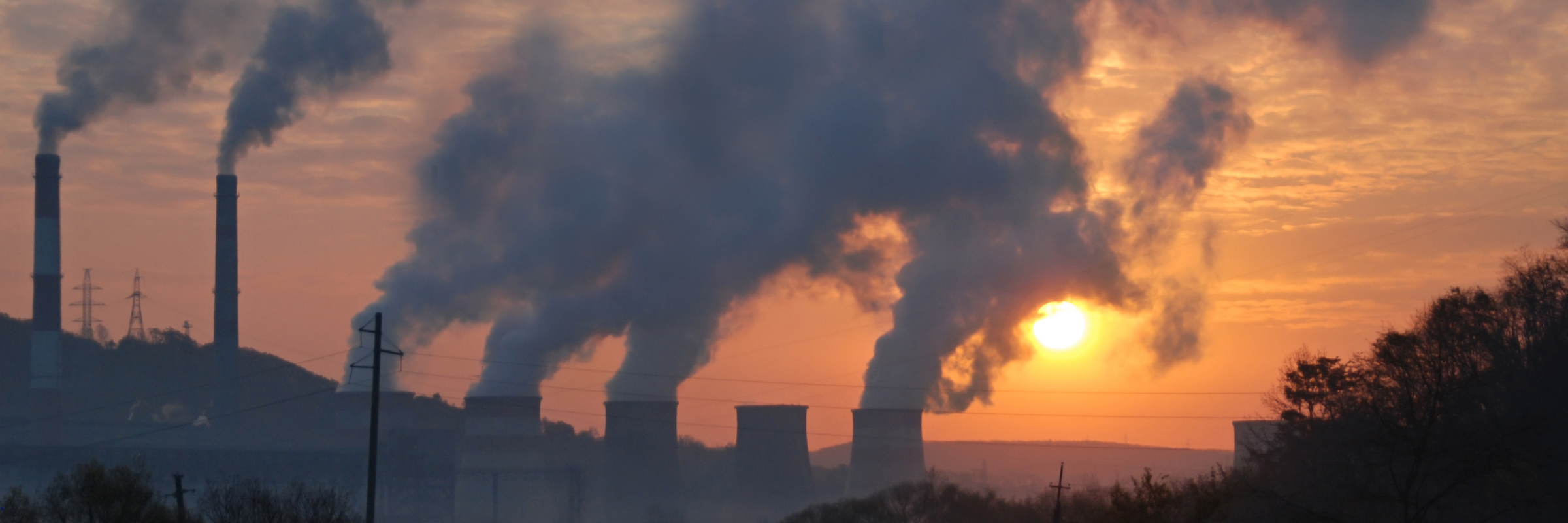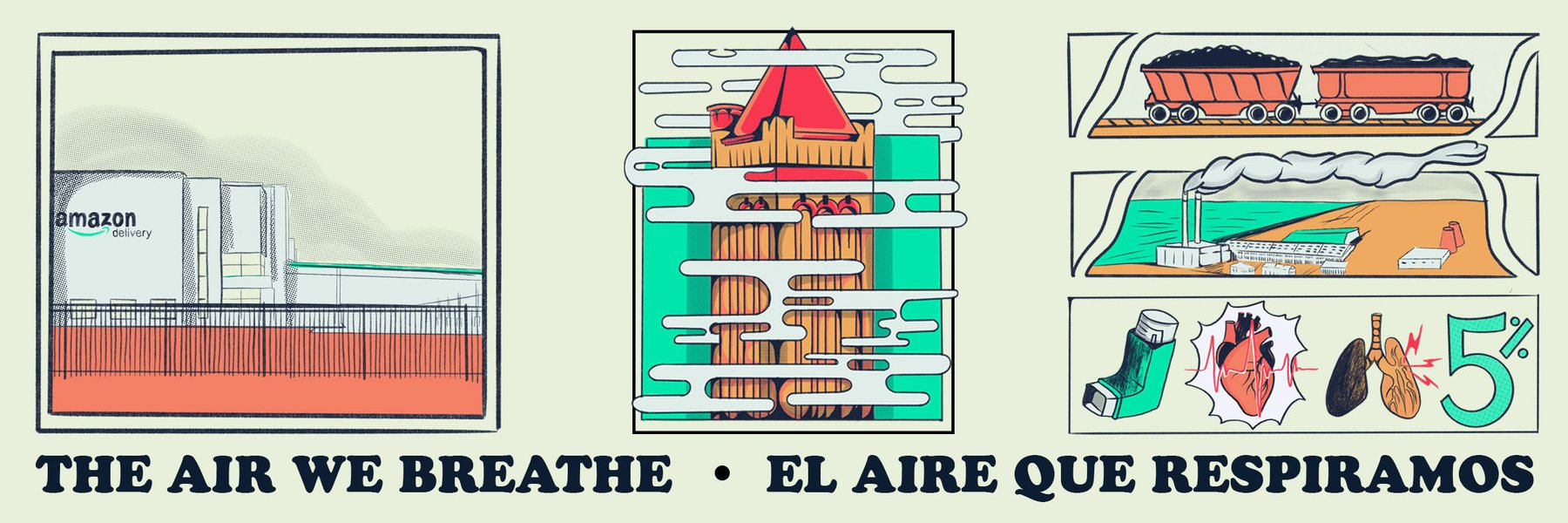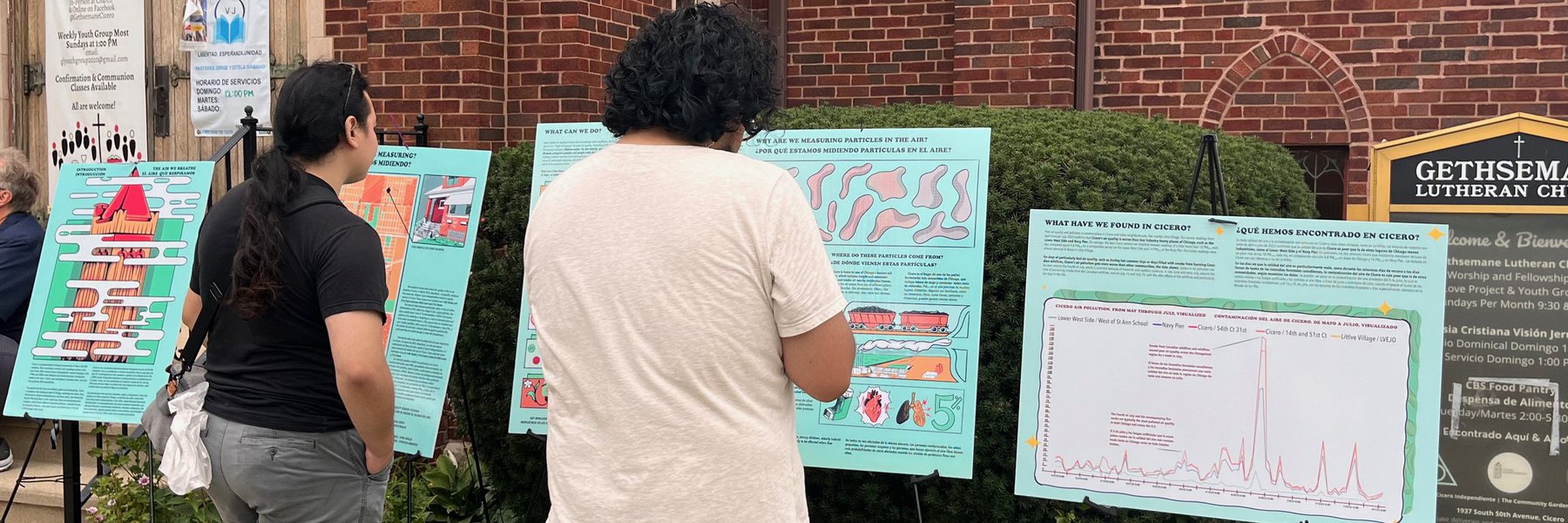In 2004, Dina Cappiello, then a reporter for the Houston Chronicle, discovered that residents in the Allendale area of Houston were exposed to a cancer-causing toxin called 1,3-butadiene at a level 20 times higher than federal guidelines — for toxic waste dumps.
In a nearby area, levels of the industrial compound benzene were so high that one scientist told the Chronicle living there would be like “sitting in traffic 24-7.”
During a yearlong investigation with the University of Texas School of Public Health, Cappiello and other Chronicle reporters analyzed data from air monitors at 84 homes and 16 public spaces in the Houston area. The communities in which the Chronicle placed the monitors were adjacent to major refineries or chemical plants. The investigation found that residents in some of these areas were exposed to dangerous levels of cancer-causing pollutants.
Cappiello, now communications director for the Rocky Mountain Institute, said she often heard about air pollution accidents while reporting on the environment for the Chronicle. Her investigation started when she realized state standards didn’t align with what she heard from residents who lived close to the industrial facilities.
“Everybody was like ‘nothing to see here,’ but I was like something doesn’t add up,” Cappiello said.
You don’t need a hundred sensors or even a year to find out more about your community’s air quality, though. Checking for dangerous pollutants can start with simple records requests, including examples in the following guide focused on understanding and accessing air quality standards. We’ll help you find public records about air pollution by focusing on three areas: standards, regulation and planning.
We’ve been reporting on air pollution with Chicago-area partners including WBEZ, the Sun Times and Cicero Independiente, but these guides should be useful in communities across the United States. Future guides will focus on using public records to dig into how air safety regulation and planning processes work.
Air pollution and local standards
With so much information available, it can be hard to know where to start. Cappiello, a former Society of Environmental Journalists board member, said the first question about air pollution she would pose to her local government would be what the current standards are. Once you have that, Cappiello said, you can start questioning whether those standards are high enough and to what level of risk residents are exposed.
Before you can understand your local government’s standards on air pollution, you first have to find your local air pollution control board or air pollution branch of your state’s environmental agency.
After that, ask them where to find the documents below.
Documents on air pollution to ask your local government for
Air pollution permits
An air pollution permit is a form that any facility emitting air pollutants is required to fill out, declaring what pollutants the facility will emit so that the state can ensure the facility meets federal and state air rules. Here’s how air permits are issued in Minnesota and examples of air permits issued by the state of Minnesota.
“Go through the permits,” Cappiello recommended. “I spent so much time in the Houston field office for the Texas Commission on Environmental Quality going through permits because, as they say, the devil is in the details.”
When you’re reviewing a permit, keep an eye out for what types of pollutants facilities emit, which can lead you to health consequences like the ones Cappiello highlighted in her investigation.
Permits can also tell you the amount of pollutants emitted regularly and where the facility is located. If you’re able to gather that permitting data across a whole town or city, you’ll be able to spot whether there are inequities by neighborhood.
Last year, Keith Matheny and Kristi Tanner of the Detroit Free Press made use of air pollution permits from across the state of Michigan to reveal the connection between where permits are approved and communities with long-standing racial and socioeconomic disparities. In Huntington, West Virginia, reporter Fred Pace at the Herald-Dispatch dug up a recently submitted permit to tell its readers about the potential pollution from a proposed steel mill.
Annual air pollutant report
This document is the annual self-reporting requirement for a facility that holds an air pollution permit. Here’s what the form for this report looks like in Illinois.
There are several parts of these reports, often called emissions inventories, to pay close attention to. Sections about source emissions can also be useful because, similar to a permit, these parts of the form describe how much and what type of emissions the facility discloses for the reporting year.
Sections on startups, shutdowns and malfunctions point towards excess emissions or other accidents at the facility in the past year.
For inspiration on how to ask for this type of document, take a look at this request for Illinois EPA’s database of startups, shutdowns, and malfunctions. You can file this request yourself here, but be sure to update some of the state-specific language before filing.
In A Pass to Poison, Kiah Collier and Ryan Murphy analyzed data on thousands of self-reported emissions malfunctions across the state of Texas, documenting how the state lets polluters off the hook by charging polluters small fines for big problems.
New source review permit
“New source review” is a type of permit required when a facility makes any modifications that would change its air pollution permit. Check out the portal that Connecticut’s Department of Energy and Environmental Protection maintains for air pollution permits for an example of what your local government might record.
Here’s an example request for Illinois EPA’s version of a new source review, a document called “Modification to a Clean Air Act Permit Program (CAAAP) Permit.” If you request something similar, make sure to update the language to reflect the state-specific filing and scope of information you are interested in.
The new source review permit was one of Cappiello’s favorite documents during her investigation. If you’ve honed in on a specific facility, this document can explain how modifications to equipment have changed the facility’s emissions over time. Cappiello suggests paying close attention to the uses of language like “tune up” that could downplay changes that cause larger capacity creep over time.
What’s next?
A week after the Chronicle’s investigation was published, the mayor of Houston announced a new plan to track air pollution by installing monitors on the fences of some of the area’s industrial facilities. Later that year, bills were introduced to the Texas House and Senate calling for increased monitoring of air toxics.
Cappiello’s investigation started with a growing number of calls at her reporting desk from residents who were concerned that air pollution accidents weren’t being properly reported.
“I was getting calls from residents all the time [about air pollution incidents],” Cappiello said.
In the next guide, we’ll cover how your local government handles these kinds of complaints and, more generally, how local governments regulate air pollution. Subscribe to MuckRock’s weekly newsletter to receive updates as they’re published. If you have a great example of environmental public records reporting you’ve done, reach out at dillon@muckrock.com. We’d love to highlight additional examples of great work.
Interested in sharing these tips? This guide is published under the Creative Commons Attribution-NoDerivatives 4.0 International (CC BY-ND 4.0) License. If you have questions about syndication or ideas for another reporting recipe or public records guide, reach out to news@muckrock.com.
Header image by Tatiana Grozetskaya and licensed via Shutterstock. It may not be reproduced without prior permission.





